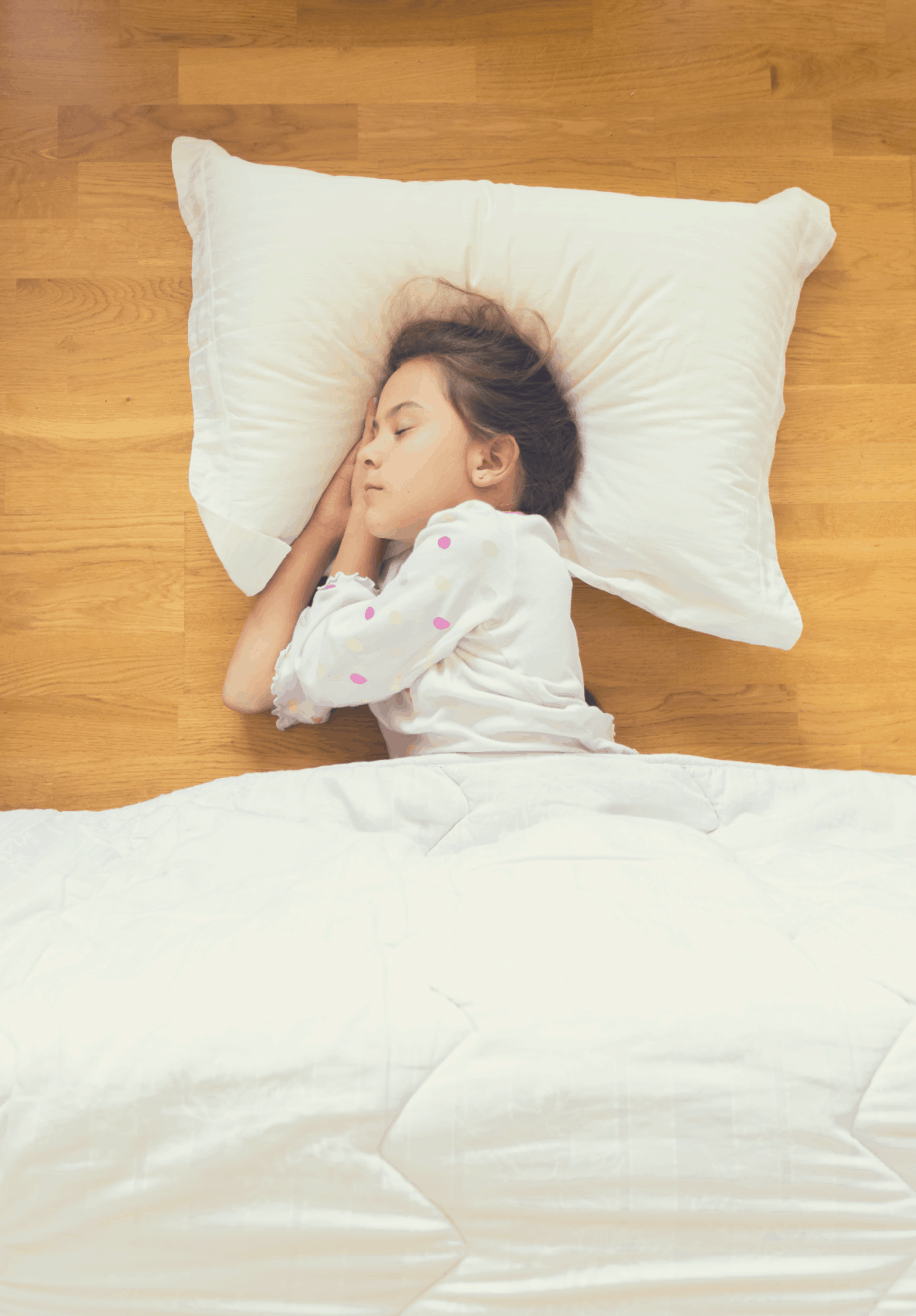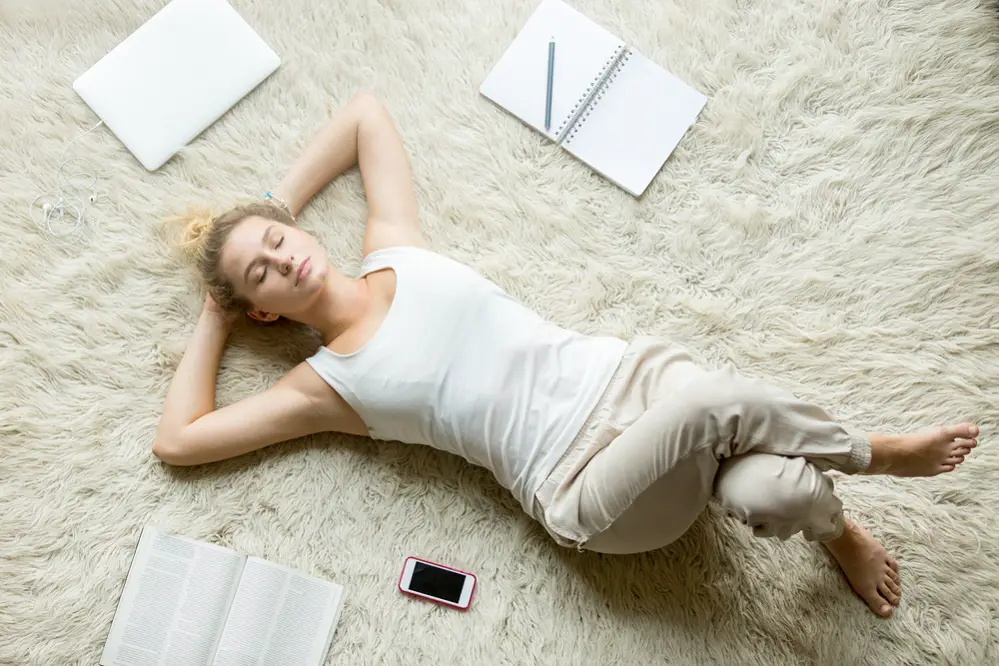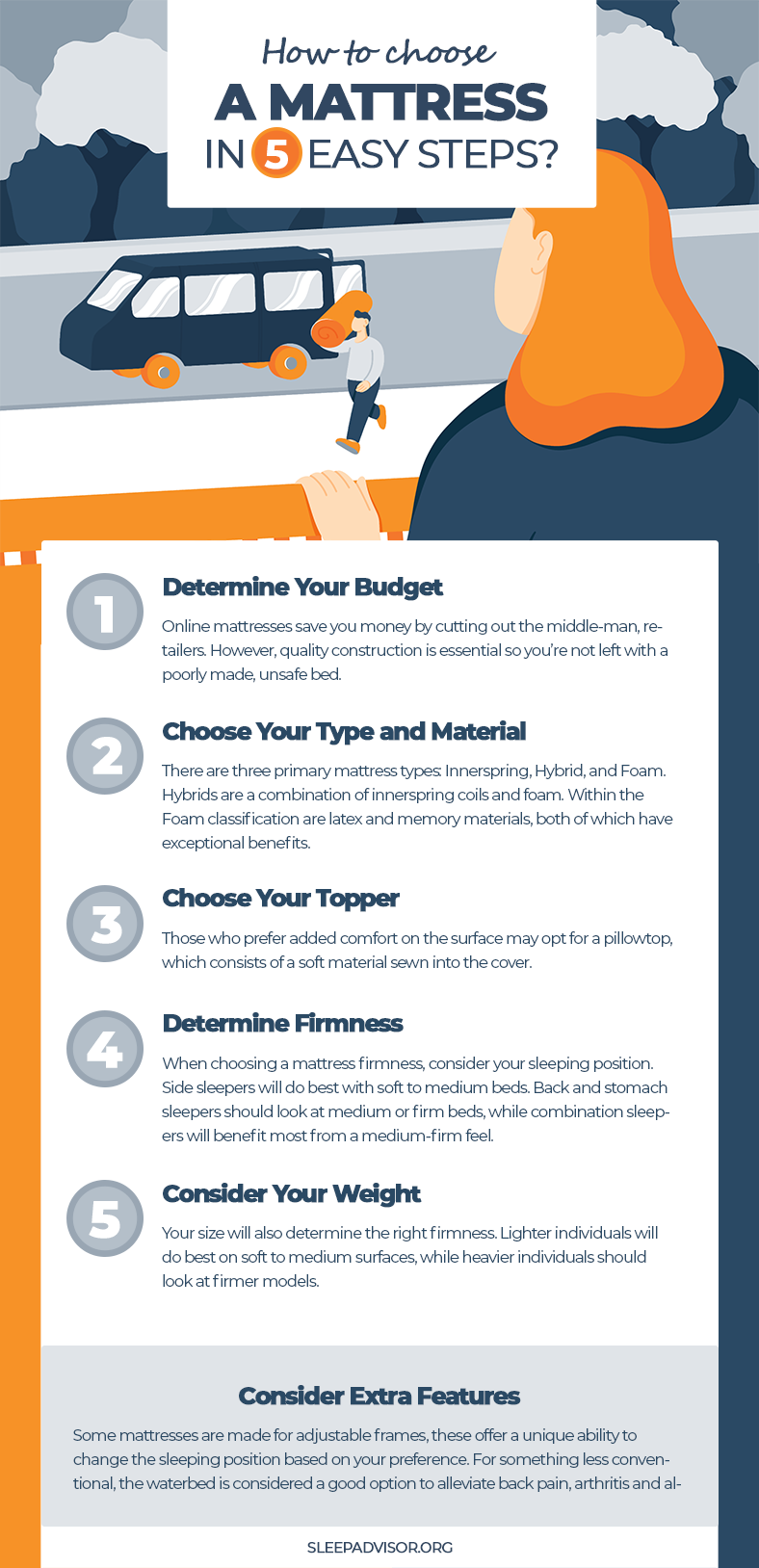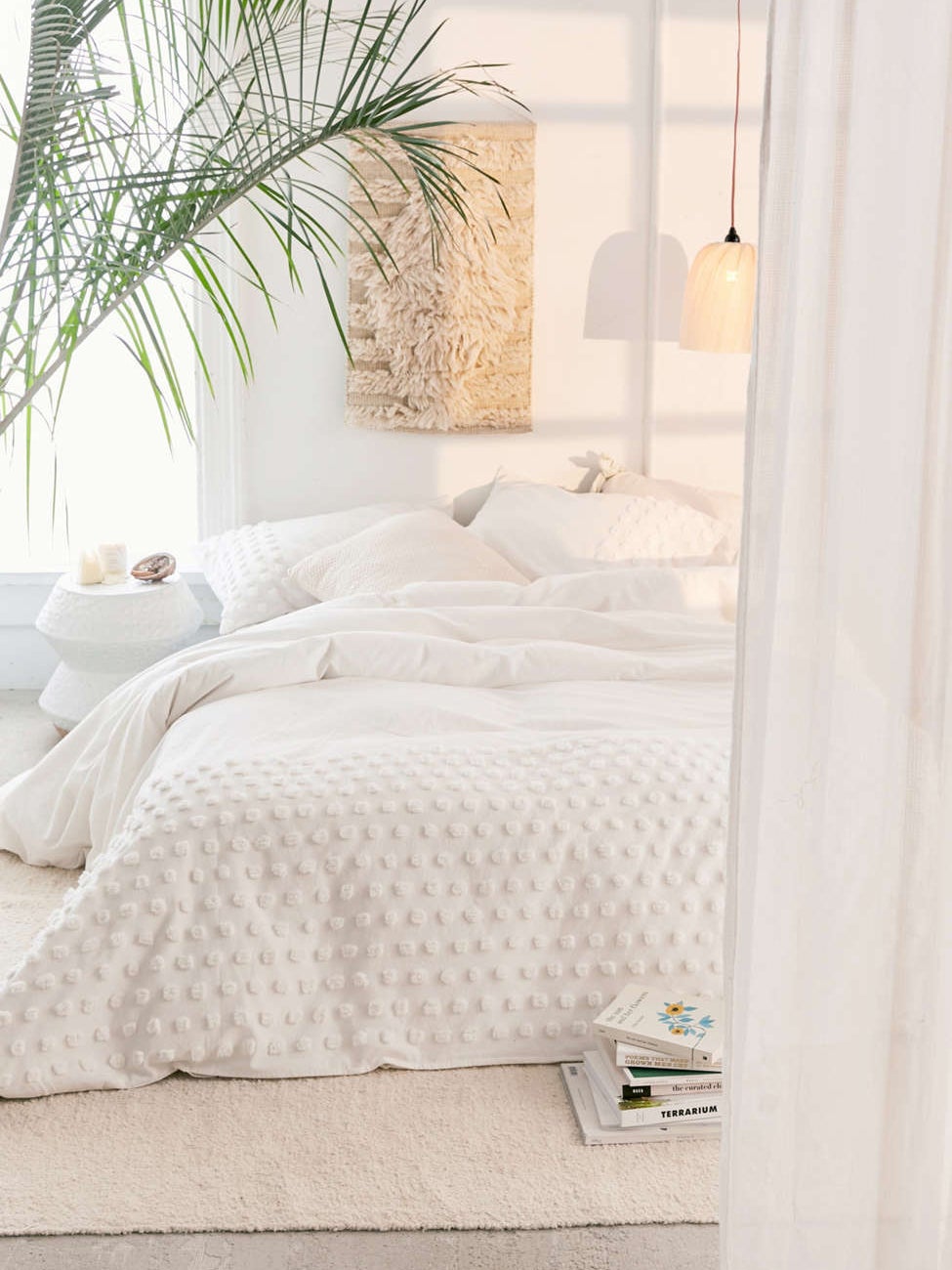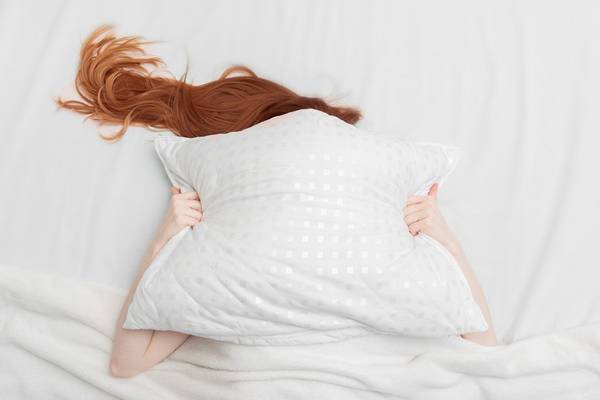Benefits of Sleeping on the Floor Without a Mattress
Sleeping on the floor without a mattress may seem like a strange concept to some, but it has been practiced for centuries in many cultures around the world. And for good reason – there are actually a number of benefits to ditching your traditional mattress and sleeping on the floor instead. Here are 10 of the main benefits you can experience by sleeping on the floor without a mattress.
1. Improves Posture
One of the biggest benefits of sleeping on the floor without a mattress is that it can help improve your posture. Traditional mattresses are designed to be soft and cushiony, which can cause your spine to sink in and create misalignment. Sleeping on a firm surface like the floor helps to keep your spine in a neutral position, promoting better posture and reducing back pain.
2. Relieves Back Pain
If you suffer from back pain, sleeping on the floor without a mattress may provide relief. As mentioned, the firm surface of the floor can help to keep your spine aligned, reducing pressure on your back and alleviating pain. Many people who switch to sleeping on the floor report a significant improvement in their back pain.
3. Encourages Better Sleep
Believe it or not, sleeping on the floor can actually help you sleep better. The firm surface provides better support for your body, preventing you from sinking in and tossing and turning throughout the night. This can lead to a deeper, more restful sleep and leave you feeling more refreshed in the morning.
4. Saves Money
Let's face it, mattresses can be expensive. By opting to sleep on the floor without a mattress, you can save a significant amount of money. And since sleeping on the floor can have numerous health benefits, it's a win-win situation.
5. Easy to Maintain
Traditional mattresses can be a pain to maintain. They need to be regularly rotated and flipped to prevent wear and tear, and they can be difficult to clean. Sleeping on the floor eliminates the need for these maintenance tasks, making your life a little easier.
6. Natural Sleeping Position
Our bodies are designed to sleep on a flat, firm surface. Sleeping on the floor without a mattress allows you to naturally align your body in the most comfortable position, without the added support and cushioning of a mattress.
7. Improves Circulation
Sleeping on a mattress can sometimes restrict blood flow, especially if it is too soft and causes your body to sink in. Sleeping on the floor can improve circulation, as there is no pressure on your body to restrict blood flow.
8. Helps with Allergies
Traditional mattresses can be a breeding ground for dust mites and other allergens, which can trigger allergies and asthma. Sleeping on the floor can help reduce your exposure to these allergens and provide relief from allergy symptoms.
9. Promotes Mindfulness
When you sleep on the floor, you are more in tune with your body and surroundings. This can promote mindfulness and help you feel more connected to your environment. It can also help you relax and quiet your mind before falling asleep.
10. Saves Space
If you live in a small space or are traveling, sleeping on the floor without a mattress can be a great space-saving option. You can easily roll up a sleeping mat or use blankets and pillows to create a makeshift floor mattress.
How to Sleep Comfortably on the Floor Without a Mattress
While the benefits of sleeping on the floor without a mattress may be appealing, you may be wondering how to actually make it comfortable. Here are a few tips to help you get a good night's sleep on the floor:
1. Use a Sleeping Mat
A sleeping mat can provide a little extra cushioning and insulation from the floor. You can find sleeping mats specifically designed for this purpose, or simply use a yoga mat or foam camping mat.
2. Layer Blankets and Pillows
If you don't have a sleeping mat, you can create a makeshift floor mattress by layering blankets and pillows. This will provide a bit of cushioning and make the floor more comfortable to sleep on.
3. Find the Right Temperature
The temperature of the floor can greatly affect your comfort level when sleeping on it. If it's too cold, consider using a heated blanket or sleeping bag to keep you warm. If it's too warm, try using a thin sheet or sleeping with a window open.
4. Experiment with Different Positions
Everyone is different, so it's important to experiment with different sleeping positions to find what's most comfortable for you. You may prefer sleeping on your back, side, or stomach – just make sure your spine remains in a neutral position.
5. Give it Time
Switching to sleeping on the floor without a mattress may take some getting used to. Give it a few nights to see if it works for you before giving up. Your body may need time to adjust to the new sleeping surface.
Is Sleeping on the Floor Without a Mattress Good for Your Health?
While there are certainly benefits to sleeping on the floor without a mattress, it may not be the best option for everyone. It's important to consider your own health and comfort before making the switch. Here are a few things to keep in mind:
1. Existing Health Conditions
If you have any preexisting health conditions, sleeping on the floor without a mattress may not be the best choice. It's always a good idea to speak with your doctor before making any major changes to your sleeping habits.
2. Age
As we age, our bodies may not be as resilient to sleeping on a hard surface. If you are older, it may be best to stick with a traditional mattress for comfort and support.
3. Personal Preference
At the end of the day, the most important factor to consider is your own personal preference. If you find that you sleep better and wake up feeling more rested on a mattress, then that is what you should stick with.
Alternatives to Sleeping on the Floor Without a Mattress
If sleeping on the floor without a mattress doesn't sound like your cup of tea, there are still some alternatives you can try to reap some of the benefits without completely giving up your mattress. Here are a few ideas:
1. Invest in a Firm Mattress
If you like the idea of a firm surface for sleeping, consider investing in a firm mattress. There are many options on the market designed to provide support without being too soft.
2. Try a Japanese Futon
A Japanese futon is a thin, foldable mattress that is placed directly on the floor. It provides a similar sleeping experience to sleeping on the floor without sacrificing the comfort of a traditional mattress.
3. Use a Sleeping Pad
If you're camping or traveling and don't have access to a mattress, a sleeping pad can provide some cushioning on the hard ground. They are lightweight and easy to pack, making them a convenient alternative to a traditional mattress.
Exercises to Help You Sleep Better on the Floor Without a Mattress
While sleeping on the floor can have many benefits, it may take some time for your body to adjust to the new sleeping surface. In the meantime, there are some exercises you can do to help your body adjust and get a better night's sleep. Here are a few to try:
1. Back Stretches
Stretching your back before bed can help alleviate any tension or discomfort from sleeping on a hard surface. Try simple stretches like cat-cow or child's pose to loosen up your back muscles.
2. Core Strengthening
A stronger core can help you maintain better posture while sleeping on the floor. Incorporate exercises like planks or Russian twists into your workout routine to strengthen your core muscles.
3. Hip Openers
Many people experience discomfort in their hips when sleeping on a hard surface. Doing hip-opening stretches before bed can help alleviate this discomfort and allow you to sleep more comfortably.
How to Make Your Own Floor Mattress for Sleeping
If you're interested in trying out sleeping on the floor without a mattress, but don't want to spend money on a sleeping mat or futon, you can easily make your own floor mattress using materials you may already have at home. Here's how:
1. Gather Materials
You will need a few blankets, pillows, and a sheet to create your makeshift floor mattress.
2. Layer Blankets and Pillows
Lay out a few blankets in a single layer on the floor. Then, place a few pillows on top of the blankets, making sure to cover the entire surface area.
3. Add a Sheet
Place a sheet over the pillows and blankets, tucking it in around the edges to hold everything in place.
4. Optional: Add a Sleeping Mat
If you have a sleeping mat or foam pad, you can place it on top of the sheet for extra cushioning and insulation.
5. Make Your Bed
Add a few more pillows and blankets on top of the sheet to create a comfortable sleeping surface. You can also add a duvet or comforter for extra warmth.
Tips for Sleeping on the Floor Without a Mattress While Traveling
Sleeping on the floor without a mattress can be a great option while traveling, especially if you're trying to save money on accommodations. Here are a few tips to keep in mind when sleeping on the floor while traveling:
1. Bring Your Own Sleeping Mat
If you have a lightweight sleeping mat, consider bringing it with you while traveling. This will provide a bit of cushioning and insulation while sleeping on the hard ground.
2. Use Extra Blankets
If you don't have a sleeping mat, you can use extra blankets or towels to create a makeshift floor mattress. Simply layer them on the floor and cover them with a sheet.
3. Find a Flat Surface
When sleeping on the floor, it's important to find a flat and level surface to avoid any discomfort. Avoid sleeping on hard or uneven surfaces, and consider laying down a yoga mat or towel for added comfort.
The History and Benefits of Sleeping on the Floor Without a Mattress
While sleeping on the floor without a mattress may seem like a new trend, it has actually been practiced for centuries in many cultures around the world. In Japan, for example, it is common for families to sleep on thin futons directly on the floor. And in many African and Asian cultures, sleeping on the floor is seen as a way to stay connected to the earth and promote better health.
The benefits of sleeping on the floor without a mattress have been recognized for quite some time. In the early 20th century, a German physician named Friedrich Pohl wrote a book titled "The Art of Natural Sleep" which promoted the idea of sleeping on a hard, flat surface for better health and sleep.
Today, many people are rediscovering the benefits of this ancient practice and incorporating it into their modern lives.
How to Keep Warm While Sleeping on the Floor Without a Mattress
One of the main concerns people have when considering sleeping on the floor without a mattress is staying warm. Here are a few tips to help you keep warm while sleeping on the floor:
1. Use a Heated Blanket
A heated blanket or electric blanket can provide warmth and comfort while sleeping on the floor. Just make sure to follow all safety precautions and turn it off before falling asleep.
2. Layer Up
Wear warm, comfortable clothing and use extra blankets to keep yourself warm while sleeping on the floor. You may also want to consider wearing socks to keep your feet warm.
3. Use a Sleeping Bag
If you're camping or traveling and don't have access to many blankets, a sleeping bag can provide warmth and insulation on the hard ground.
Common Misconceptions About Sleeping on the Floor Without a Mattress
Despite the numerous benefits and long history of sleeping on the floor without a mattress, there are still some misconceptions surrounding this practice. Here are a few common misconceptions and the truth behind them:
1. It's Uncomfortable
Many people assume that sleeping on a hard surface would be uncomfortable, but in reality, it can actually be quite comfortable. With the right setup and mindset, you may find that you sleep better on the floor than on a traditional mattress.
The Benefits of Sleeping on the Floor without a Mattress

A Surprising Design Trend
 In recent years, there has been a growing trend of people choosing to forgo traditional mattresses and instead opt for sleeping on the floor. While this may seem like an unconventional and uncomfortable choice, there are actually a number of benefits to this minimalist approach to sleep. Let's take a look at some of the reasons why more and more people are choosing to embrace this trend.
In recent years, there has been a growing trend of people choosing to forgo traditional mattresses and instead opt for sleeping on the floor. While this may seem like an unconventional and uncomfortable choice, there are actually a number of benefits to this minimalist approach to sleep. Let's take a look at some of the reasons why more and more people are choosing to embrace this trend.
Better Alignment and Posture
 One of the main benefits of sleeping on the floor without a mattress is the potential for improved alignment and posture. Traditional mattresses can often cause our bodies to sink and curve in unnatural ways, leading to back and neck pain. By sleeping on a flat surface, our bodies are able to maintain a more natural position, promoting better spinal alignment and reducing the risk of discomfort and pain.
One of the main benefits of sleeping on the floor without a mattress is the potential for improved alignment and posture. Traditional mattresses can often cause our bodies to sink and curve in unnatural ways, leading to back and neck pain. By sleeping on a flat surface, our bodies are able to maintain a more natural position, promoting better spinal alignment and reducing the risk of discomfort and pain.
Improved Blood Circulation
 Another advantage of sleeping on the floor is the potential for improved blood circulation. Mattresses can often create pressure points on our bodies, restricting blood flow and causing numbness or tingling in our limbs. By sleeping on a flat surface, our body weight is more evenly distributed, allowing for proper blood circulation and reducing the likelihood of waking up with that "pins and needles" feeling.
Another advantage of sleeping on the floor is the potential for improved blood circulation. Mattresses can often create pressure points on our bodies, restricting blood flow and causing numbness or tingling in our limbs. By sleeping on a flat surface, our body weight is more evenly distributed, allowing for proper blood circulation and reducing the likelihood of waking up with that "pins and needles" feeling.
Cost-Effective and Eco-Friendly
 For those looking to save money and reduce their environmental impact, sleeping on the floor without a mattress is an attractive option. Mattresses can be expensive and require regular replacement, while sleeping on the floor requires no additional purchases. Additionally, traditional mattresses are often made with synthetic materials that can be harmful to the environment, while sleeping on the floor utilizes natural materials and minimizes waste.
For those looking to save money and reduce their environmental impact, sleeping on the floor without a mattress is an attractive option. Mattresses can be expensive and require regular replacement, while sleeping on the floor requires no additional purchases. Additionally, traditional mattresses are often made with synthetic materials that can be harmful to the environment, while sleeping on the floor utilizes natural materials and minimizes waste.
Experience a Deeper Sleep
 Believe it or not, some people who have made the switch to sleeping on the floor have reported a deeper and more restful sleep. This may be due to the fact that our bodies are closer to the ground and in a more primal sleeping position, mimicking the way our ancestors slept. By removing the cushioning and support of a mattress, our bodies are able to fully relax and sink into a deep sleep.
Believe it or not, some people who have made the switch to sleeping on the floor have reported a deeper and more restful sleep. This may be due to the fact that our bodies are closer to the ground and in a more primal sleeping position, mimicking the way our ancestors slept. By removing the cushioning and support of a mattress, our bodies are able to fully relax and sink into a deep sleep.
Conclusion
 While sleeping on the floor without a mattress may not be for everyone, there are certainly some compelling benefits to consider. Improved alignment and posture, better blood circulation, cost-effectiveness, and a potentially deeper sleep are just some of the reasons why this trend is gaining popularity. So next time you're in need of a good night's rest, you may want to consider ditching your mattress and trying out sleeping on the floor.
While sleeping on the floor without a mattress may not be for everyone, there are certainly some compelling benefits to consider. Improved alignment and posture, better blood circulation, cost-effectiveness, and a potentially deeper sleep are just some of the reasons why this trend is gaining popularity. So next time you're in need of a good night's rest, you may want to consider ditching your mattress and trying out sleeping on the floor.













